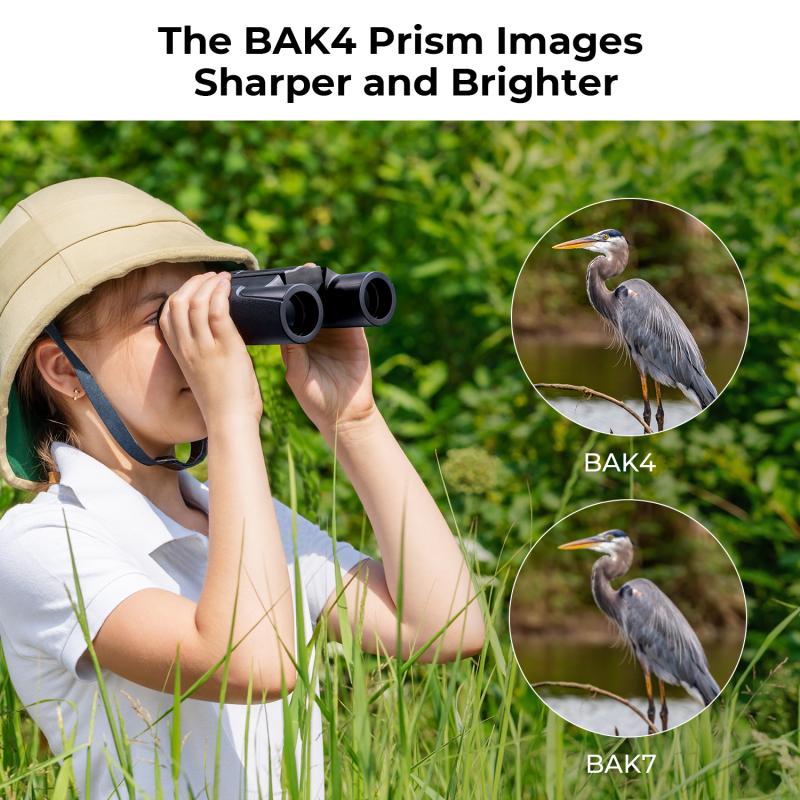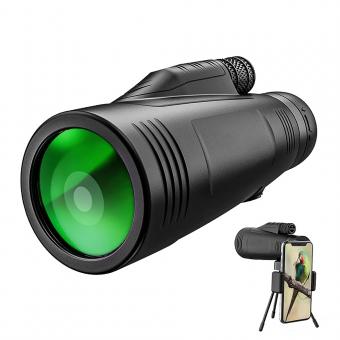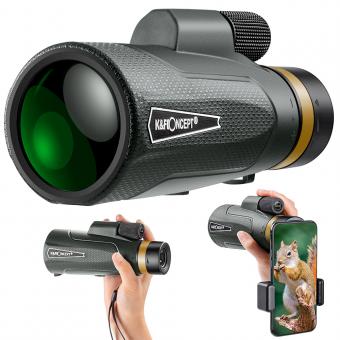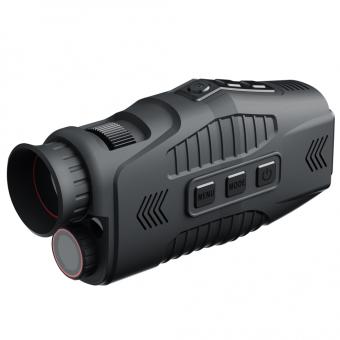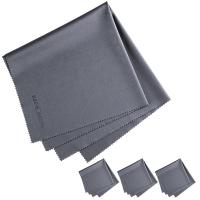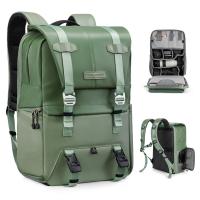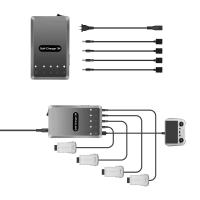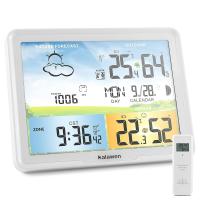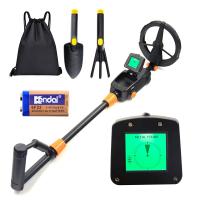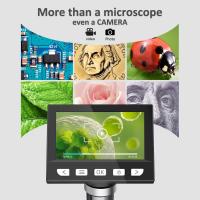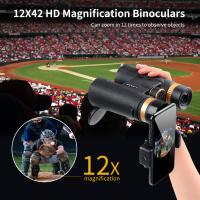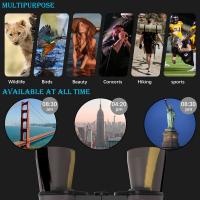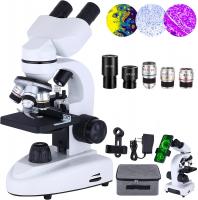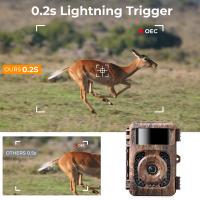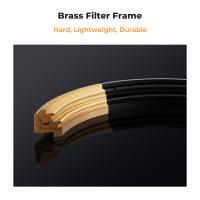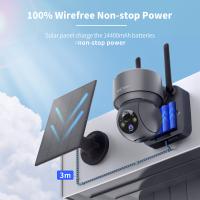Binoculars Or Monocular Which Is Better ?
The choice between binoculars and monoculars depends on personal preference and specific use cases. Binoculars offer a more immersive viewing experience as they provide depth perception and a wider field of view. They are commonly used for activities like birdwatching, stargazing, and sports events. On the other hand, monoculars are smaller, lighter, and more portable, making them suitable for situations where compactness and convenience are important. They are often used for hiking, hunting, or as a backup option when space is limited. Ultimately, the decision between binoculars and monoculars should be based on individual needs and preferences.
1、 Binoculars: Advantages and Applications in Various Fields
Binoculars and monoculars are both optical devices used for magnifying distant objects. However, when it comes to determining which is better, it largely depends on the specific application and individual preferences.
Binoculars offer several advantages over monoculars. Firstly, binoculars provide a more immersive viewing experience as they offer a wider field of view, allowing users to observe a larger area. This is particularly useful for activities such as birdwatching, wildlife observation, and stargazing, where a broader perspective is desired. Binoculars also provide a more comfortable viewing experience, as they are designed to be held with both hands, reducing strain on the arms and providing better stability.
Additionally, binoculars often have higher magnification capabilities compared to monoculars. This makes them ideal for long-distance viewing, such as during sporting events or for surveillance purposes. The dual eyepiece design of binoculars also allows for better depth perception, making it easier to judge distances accurately.
However, monoculars have their own advantages as well. They are generally more compact and lightweight than binoculars, making them easier to carry and store. This makes monoculars a popular choice for hikers, backpackers, and travelers who value portability. Monoculars are also easier to use with one hand, making them more convenient for activities that require the use of the other hand, such as photography or navigation.
In recent years, technological advancements have led to the development of hybrid devices that combine the benefits of both binoculars and monoculars. These devices, known as binocular monoculars or monocular binoculars, offer the versatility of a monocular with the option to attach a second eyepiece for binocular-like viewing. This allows users to switch between the two modes depending on their needs.
In conclusion, the choice between binoculars and monoculars depends on the specific application and personal preferences. Binoculars are generally better for activities that require a wider field of view and better depth perception, while monoculars are more suitable for those who prioritize portability and ease of use with one hand. The emergence of hybrid devices provides an additional option for those who desire the benefits of both types of optical devices.
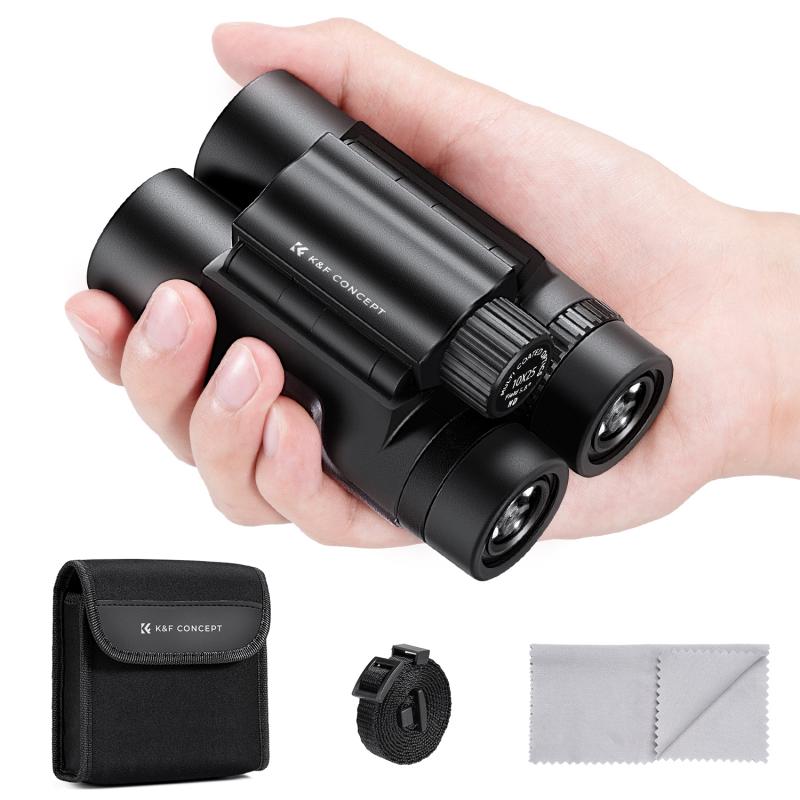
2、 Monoculars: Compact and Portable Viewing Devices for Specific Needs
Binoculars and monoculars are both useful optical devices for viewing distant objects, but they have distinct differences that make them better suited for specific needs. While binoculars offer a more immersive viewing experience with their dual eyepieces, monoculars are compact and portable, making them ideal for certain situations.
Monoculars are essentially half of a binocular, with a single eyepiece. This design makes them significantly smaller and lighter than binoculars, allowing for easy portability. They can easily fit into a pocket or a small bag, making them perfect for hikers, birdwatchers, and travelers who want to minimize the weight and bulk of their gear. Monoculars are also great for people with limited mobility or those who prefer using one eye at a time.
Furthermore, monoculars are often more affordable than binoculars of similar quality. This makes them a popular choice for beginners or casual users who don't want to invest a significant amount of money in optical equipment.
However, binoculars have their own advantages. With their dual eyepieces, binoculars provide a more immersive and three-dimensional viewing experience. They offer a wider field of view and better depth perception, making them ideal for activities such as wildlife observation, stargazing, or sporting events. Binoculars also tend to have higher magnification options, allowing for more detailed and close-up views.
In recent years, technological advancements have improved the quality and performance of both binoculars and monoculars. Manufacturers have introduced compact binoculars with similar portability to monoculars, while some monoculars now offer higher magnification options and image stabilization features.
Ultimately, the choice between binoculars and monoculars depends on the specific needs and preferences of the user. If portability and convenience are paramount, monoculars are the better option. However, for a more immersive viewing experience and better depth perception, binoculars are the preferred choice.
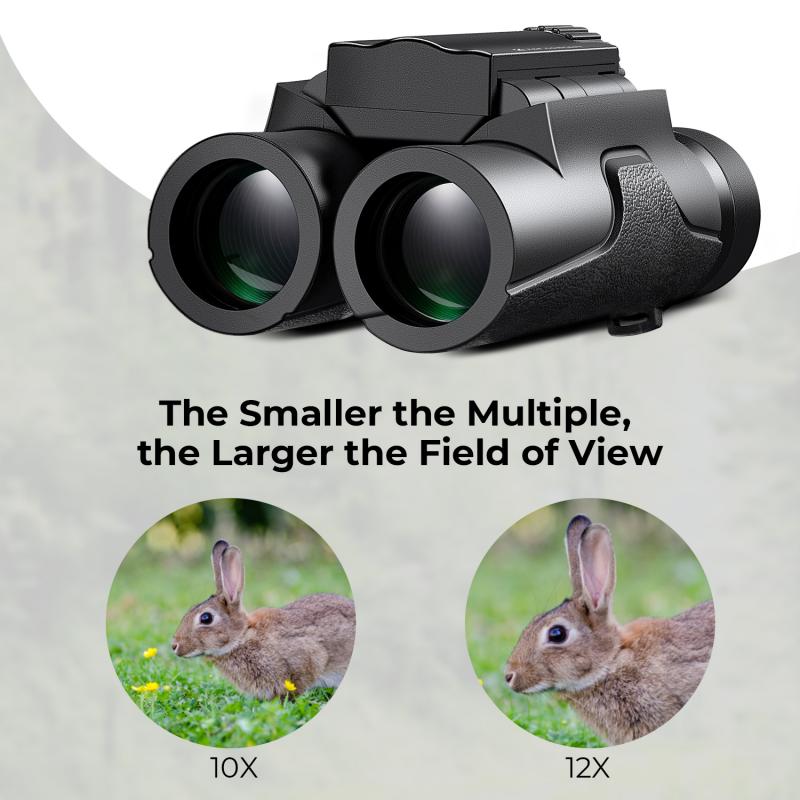
3、 Binoculars vs. Monoculars: A Comparison of Optical Performance
Binoculars and monoculars are both optical devices used for magnifying distant objects, but they have distinct differences in terms of design and functionality. Determining which is better depends on the specific needs and preferences of the user.
Binoculars offer a stereoscopic view, providing a more immersive and natural viewing experience. They have two eyepieces, which allow for better depth perception and a wider field of view. Binoculars are ideal for activities such as birdwatching, stargazing, and sports events, where a detailed and expansive view is desired.
On the other hand, monoculars are compact and lightweight, making them more portable and easier to carry. They have a single eyepiece, which simplifies the focusing process and allows for quick target acquisition. Monoculars are suitable for activities like hiking, hunting, and surveillance, where convenience and ease of use are important factors.
In terms of optical performance, binoculars generally offer better image quality due to their larger objective lenses and higher magnification options. They provide brighter and sharper images, especially in low-light conditions. However, recent advancements in monocular technology have improved their optical capabilities, narrowing the gap between the two devices.
Ultimately, the choice between binoculars and monoculars depends on the intended use and personal preferences. If a wider field of view and immersive experience are desired, binoculars are the better option. However, if portability and convenience are prioritized, monoculars may be the preferred choice. It is recommended to consider factors such as intended use, budget, and individual preferences before making a decision.
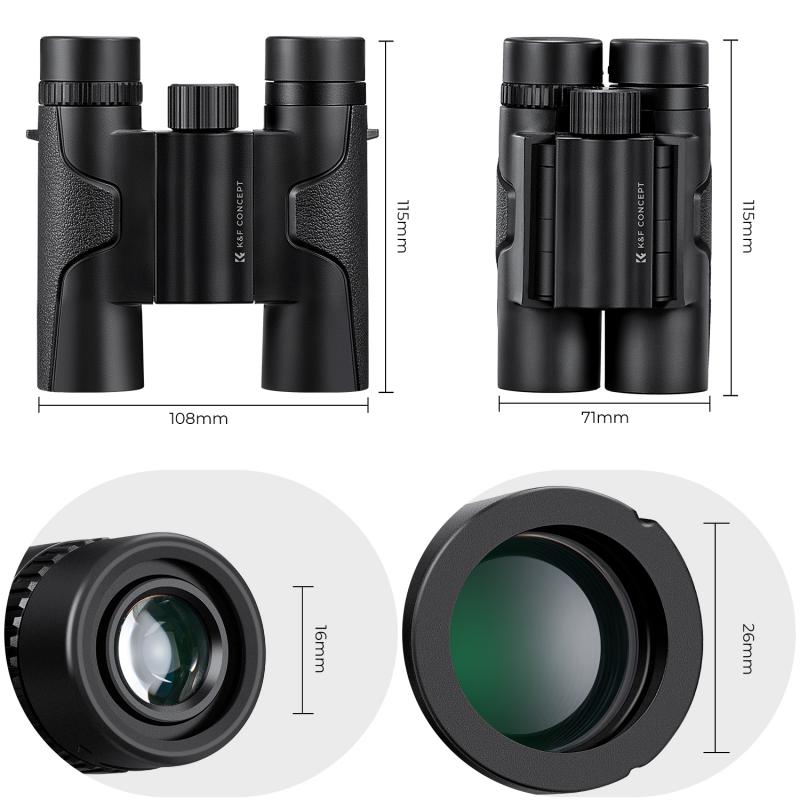
4、 Binoculars: Enhanced Depth Perception and Immersive Viewing Experience
Binoculars are generally considered better than monoculars due to their enhanced depth perception and immersive viewing experience. Binoculars provide a wider field of view, allowing users to see a larger area and observe objects in greater detail. This is particularly useful for activities such as birdwatching, wildlife observation, and stargazing.
One of the key advantages of binoculars is their ability to provide enhanced depth perception. By using two separate lenses, binoculars create a stereoscopic effect that allows the brain to perceive depth and distance more accurately. This is especially important for activities that require precise distance estimation, such as hunting or outdoor sports.
Furthermore, binoculars offer an immersive viewing experience. By using both eyes, users can feel more connected to their surroundings and have a more engaging visual experience. This can be particularly beneficial for nature enthusiasts who want to fully immerse themselves in the beauty of their surroundings.
In recent years, advancements in technology have further improved the performance of binoculars. High-quality binoculars now feature advanced optics, such as multi-coated lenses and phase-corrected prisms, which enhance image clarity and brightness. Additionally, some binoculars come with image stabilization technology, reducing hand tremors and providing a steadier view.
While monoculars have their own advantages, such as being more compact and lightweight, they generally cannot match the immersive experience and depth perception provided by binoculars. Therefore, for most outdoor activities and nature observation, binoculars remain the preferred choice.
